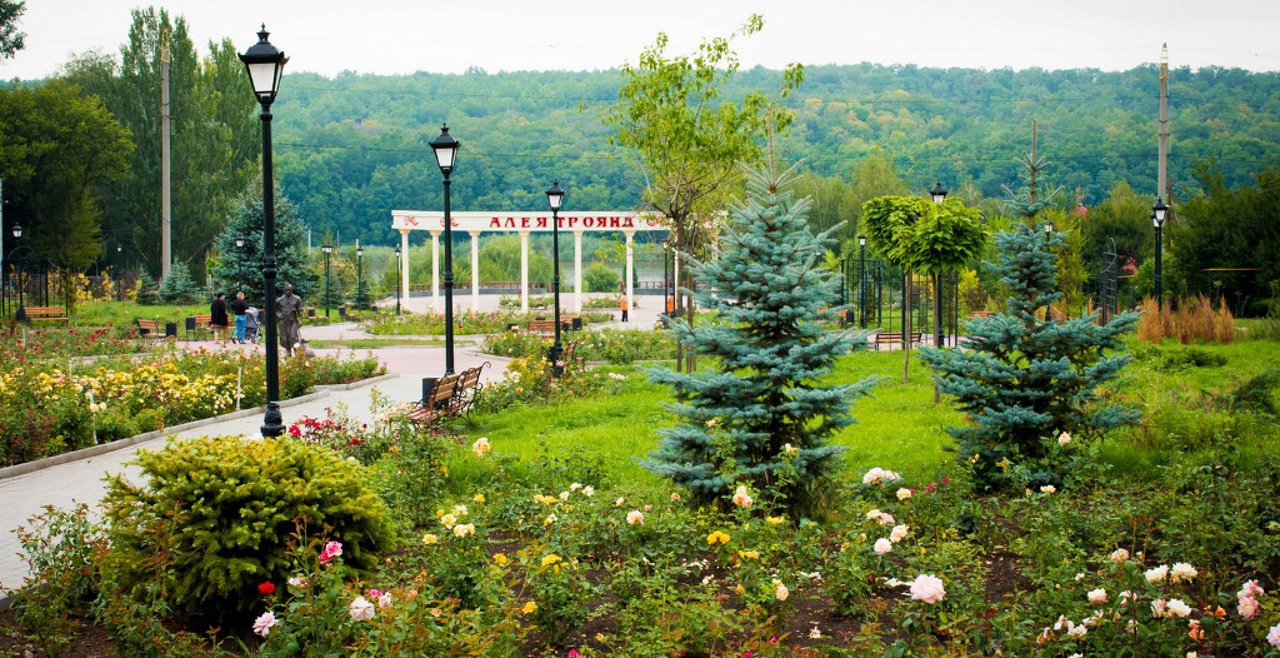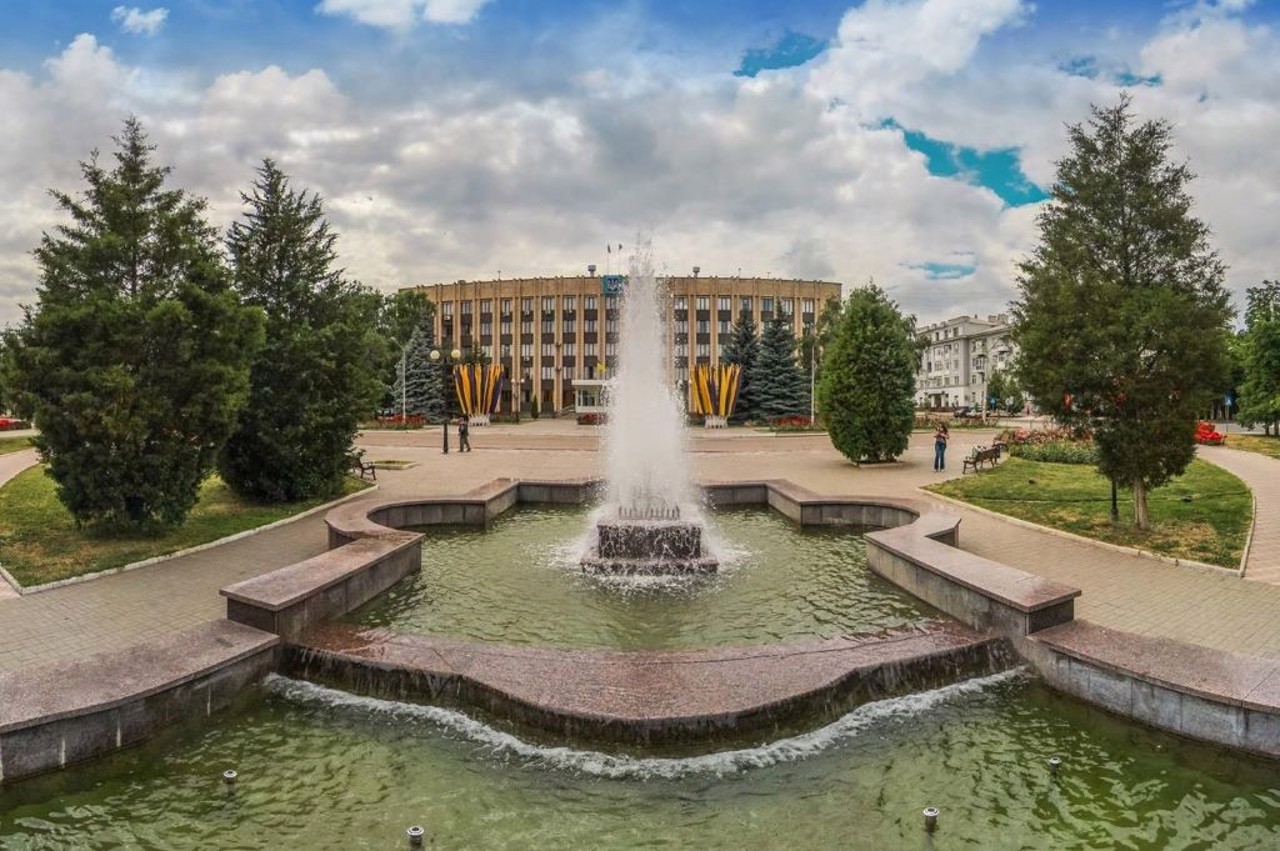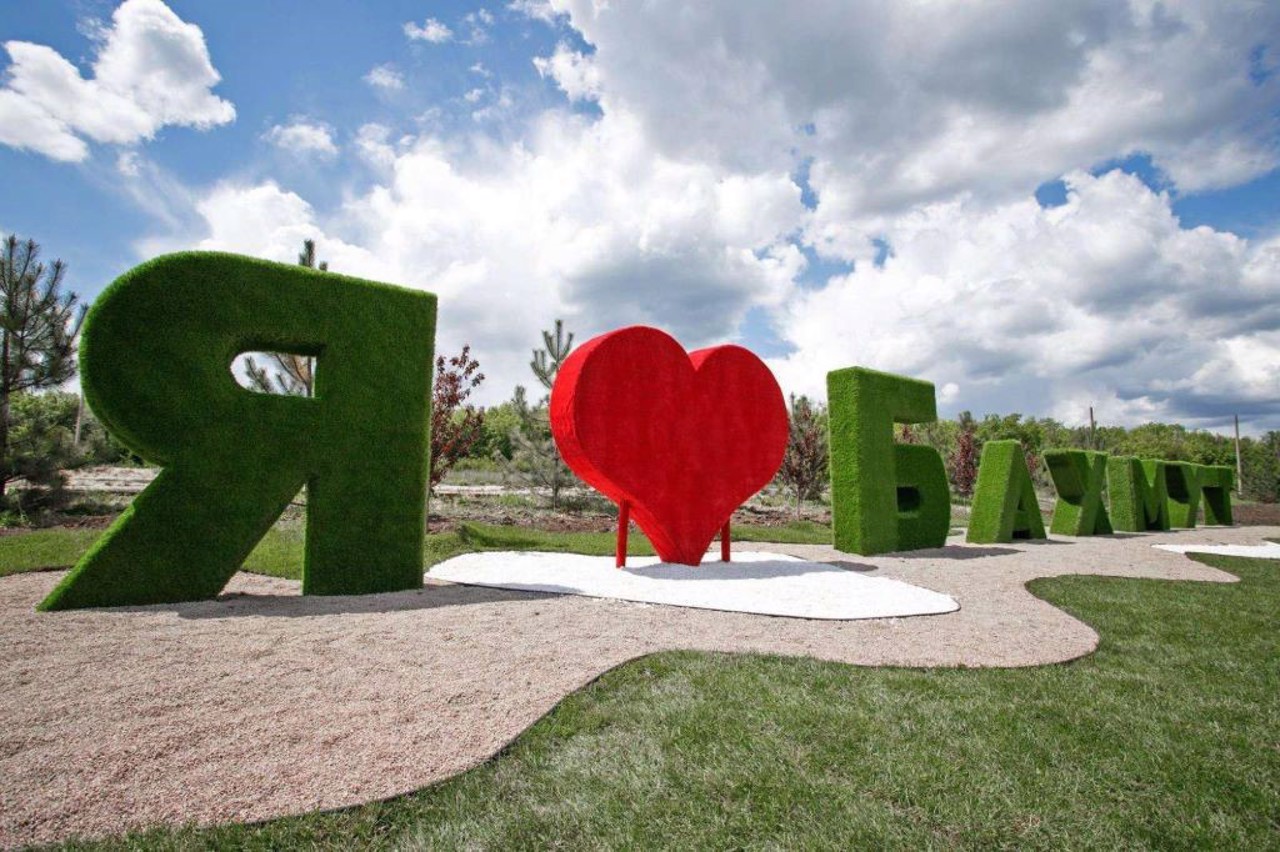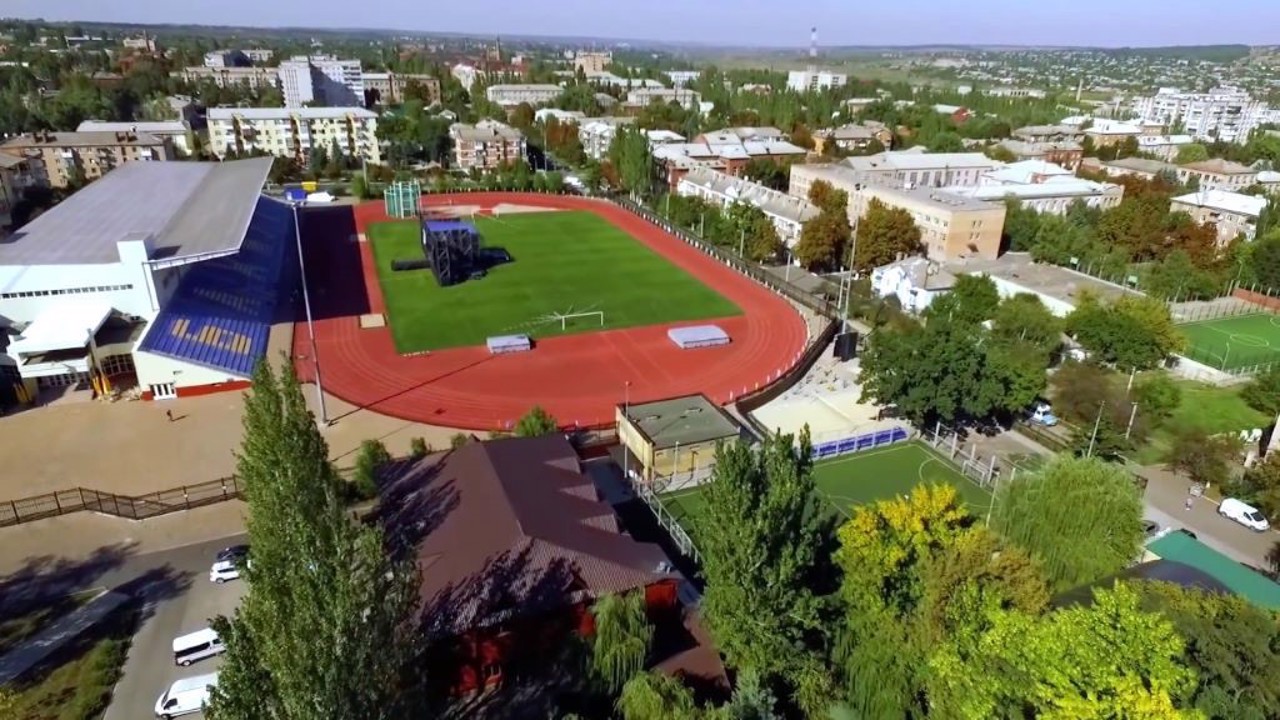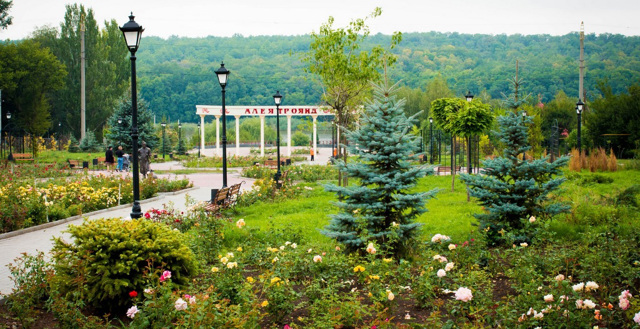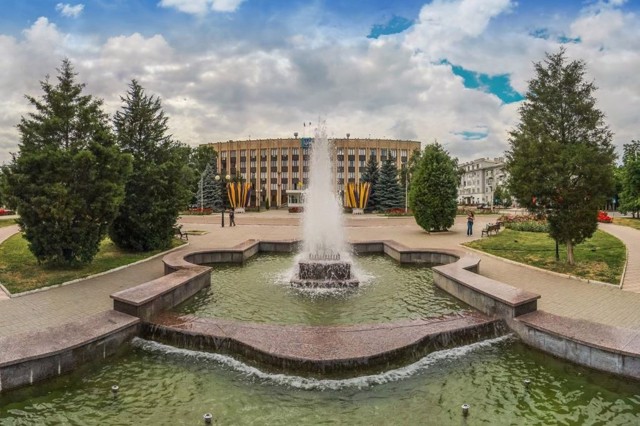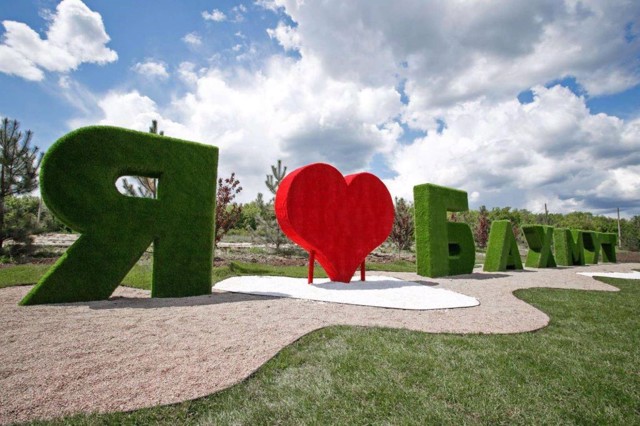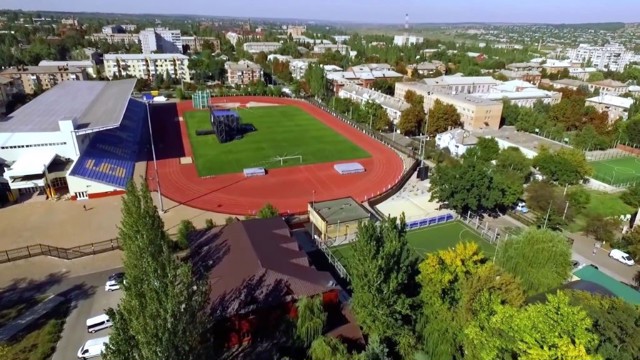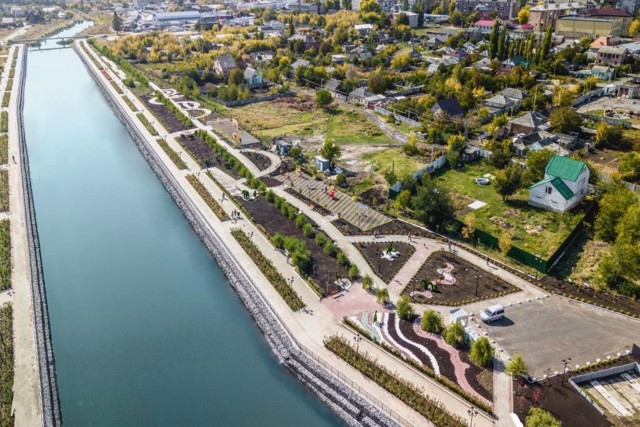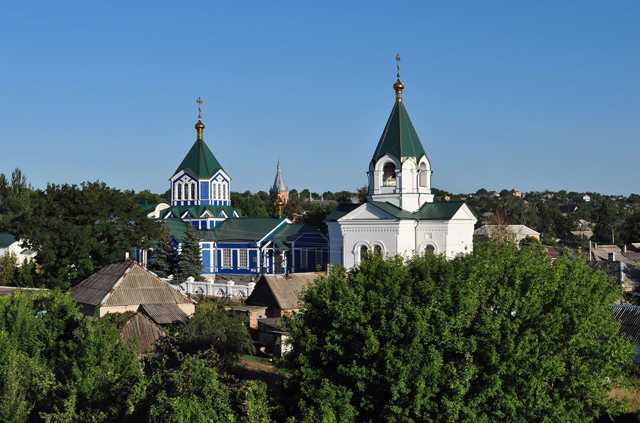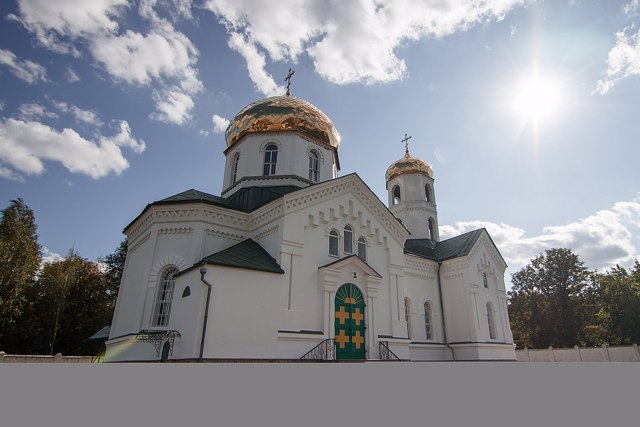Functional temporarily unavailable
General information about Bakhmut
The city of Bakhmut is the district center above the Bakhmutka River. Until 2016, it was called Artemivsk in honor of the revolutionary Comrade Artem (Fyodor Sergeev), an associate of Joseph Stalin.
Bakhmut was mentioned for the first time in 1571 as the "Bakhmut Watch", the largest in the south of Russia. Bakhmut gained popularity as a center of salt production, one of the places from where Chumaks transported salt. In 1704, Peter I ordered the construction of a wooden fortress and the resettlement of Cossacks for the extraction of salt. Dmytro Mendeleev visited here.
In nearby Soledar, excursions are held to the salt mines of DPO "Artemsil" to a depth of more than 300 meters in the mining workings ...
The city of Bakhmut is the district center above the Bakhmutka River. Until 2016, it was called Artemivsk in honor of the revolutionary Comrade Artem (Fyodor Sergeev), an associate of Joseph Stalin.
Bakhmut was mentioned for the first time in 1571 as the "Bakhmut Watch", the largest in the south of Russia. Bakhmut gained popularity as a center of salt production, one of the places from where Chumaks transported salt. In 1704, Peter I ordered the construction of a wooden fortress and the resettlement of Cossacks for the extraction of salt. Dmytro Mendeleev visited here.
In nearby Soledar, excursions are held to the salt mines of DPO "Artemsil" to a depth of more than 300 meters in the mining workings of mines number 1-3.
In the 18th century, gypsum was mined in Bakhmut. In 1950, the wine cellars of the famous "Artwinery" plant (former Artemivsk champagne wine plant) were laid in the mines that remained after mining. Currently, the enterprise conducts tours in the tunnel with tasting.
A memorial sign "Chornobyl Bell" was installed in Bakhmut. Some architectural monuments have been preserved: the wooden Mykolaiv Church (1798) above the Bakhmutka River, the Church of All Saints (beginning of the 20th century) near the station.
Bakhmut is a fortress city.
Full scale Russian invasion of Ukraine in 2022.
Bakhmut is one of the hottest spots on the eastern front of the large-scale Russian-Ukrainian war. The front line approached the city in May 2022. Since then, the Russian army's artillery, missile and air strikes on Bakhmut, attempts to capture the city have not stopped. Of the more than 70,000 residents of Bakhmut before the start of the full-scale war, as of the beginning of 2023, no more than 7,000 remained. There is no electricity, heat, or water in the city - the entire civil infrastructure has been destroyed. By the beginning of 2023, Bakhmut is practically destroyed. According to the data of the city council as of January 3, 2023, 4,105 buildings were damaged as a result of shelling by the Russian army, including 355 apartment buildings and 3,750 private buildings. Some areas are simply razed to the ground.
Bakhmut is not of great military importance, but it has become the center and symbol of Ukrainian resistance.
Місто Бахмут - райцентр над річкою Бахмутка. До 2016 року називалося Артемівськ на честь революціонера товариша Артема (Федіра Сергєєва), сподвижника Йосипа Сталіна.
Вперше Бахмут згадується в 1571 році як найбільша на півдні Росії "Бахмутська сторожа". Популярність Бахмут отримав як центр солеваріння, одне з місць, звідки чумаки возили сіль. В 1704 році Петро I наказав побудувати дерев'яну фортецю і переселити козаків для видобутку солі. Тут бував Дмитро Менделєєв.
В сусідньому Соледарі проводяться екскурсії на соляні шахти ДПО "Артемсіль" на глибину більш ніж 300 метрів в гірничі виробки копален номер 1-3.
В XVIII столітті в Бахмуті почали добувати гіпс. В шахтах, що залишилися після вид ...
Місто Бахмут - райцентр над річкою Бахмутка. До 2016 року називалося Артемівськ на честь революціонера товариша Артема (Федіра Сергєєва), сподвижника Йосипа Сталіна.
Вперше Бахмут згадується в 1571 році як найбільша на півдні Росії "Бахмутська сторожа". Популярність Бахмут отримав як центр солеваріння, одне з місць, звідки чумаки возили сіль. В 1704 році Петро I наказав побудувати дерев'яну фортецю і переселити козаків для видобутку солі. Тут бував Дмитро Менделєєв.
В сусідньому Соледарі проводяться екскурсії на соляні шахти ДПО "Артемсіль" на глибину більш ніж 300 метрів в гірничі виробки копален номер 1-3.
В XVIII столітті в Бахмуті почали добувати гіпс. В шахтах, що залишилися після видобутку, в 1950 році були закладені виносховища знаменитого заводу "Артвайнері" ( колишній Артемівський завод шампанських вин). Зараз на підприємстві проводяться екскурсії в штольні з дегустацією.
В Бахмуті встановлено пам'ятний знак "Дзвін Чорнобиля". Збереглися окремі пам'ятки архітектури: дерев'яна Миколаївська церква (1798 рік) над річкою Бахмутка, Церква Всіх Святих (початок XX століття) біля вокзалу.
Бахмут - місто-фортеця.
Повномасштабне вторгнення російське вторгнення в Україну 2022 року.
Бахмут - одна із найгарячіших точок східного фронту широкомасштабної російсько-української війни. Лінія фронту наблизилася до міста в травні 2022 року. Від тоді не припиняються артилерійські, ракетні та авіаційні обстріли Бахмута російською армією, спроби захоплення міста. Із понад 70 тисяч мешканців Бахмуту до початку повномасштабної війни, станом на початок 2023 року залишалось не більше 7 тисяч. В місті немає світла, тепла, води - зруйнована вся цивільна інфраструктура. На початок 2023 року Бахмут практично знищений. За даними міської ради на 3 січня 2023 року, внаслідок обстрілів армії Росії пошкоджені 4105 будинків, з них 355 багатоквартирних та 3750 приватних будинків. Деякі райони просто зрівняні із землею.Бахмут не має великого військового значення, проте він став центром та символом українського опору.
Сплануй своє перебування у Bakhmut
What to see and where to go in Bakhmut
Tourist attractions and museums of Bakhmut
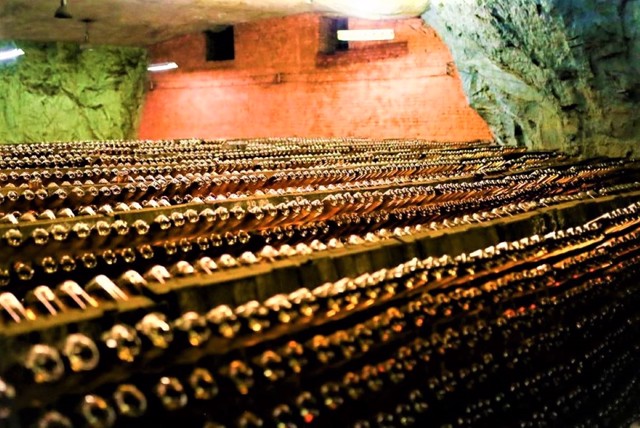
"Artwinery" Champagne Wine Factory
Winery / brewery
The "Artwinery" Champagne Wine Factory is the largest enterprise in Eastern Europe for the production of sparkling wines by the classical bottling method.
The history of the plant dates back to the middle of the 18th century, when the development of gypsum deposits began in Bakhmut. In 1950, a wine cellar was created on the basis of plaster tunnels, and the construction of the factory of champagne wines with a capacity of 5 million bottles per year began. In 2005, production reached 300 million bottles.
The plant's products received 12 Grand Prix, 62 gold, 39 silver and 4 bronze medals. At the same time, 30 million bottles of wine are aged for at least three years in underground tunnels at a depth of more than 72 meters.
Excursions are conducted with visits to alabaster tunnels and tasting of 5-7 types of champagne.
Russian-Ukrainian war
Due to the large-scale Russian invasion of Ukraine in 2022, the Artwinery Champagne Factory was forced to relocate. Before the war, the factory employed 500 people. Almost everyone was evacuated. They also took out all the products. Now the plant works at the production facilities of partners in Odesa.
During the siege of Bakhmut, battles took place on the territory of the champagne wine factory. All the buildings of the factory were destroyed.

Bakhmut Local Lore Museum
Museum / gallery
The Bakhmut state museum of local lore originates from the district historical and local history museum, founded in 1924 by the doctor and naturalist Borys Valkh.
It is located in a building built in 1911 by Bakhmut industrialist Veniamin Frantsuzov.
In twelve halls there are expositions of the departments of nature, archeology, folk life, history of the 19th century, the Ukrainian revolution, 1920-1930 years, the Second World War, post-war five-year plans, literature of the native land. The most valuable exhibits: a late Paleolithic silicon ax, a collection of Bronze Age weapons, a unique collection of items from the workshops of ancient metallurgists, a Scythian statue of the 6th century BC.
RUSSIAN-UKRAINIAN WAR
The Bakhmut Museum of Local Lore was completely destroyed by Russian troops during the large-scale Russian invasion of Ukraine in 2022.
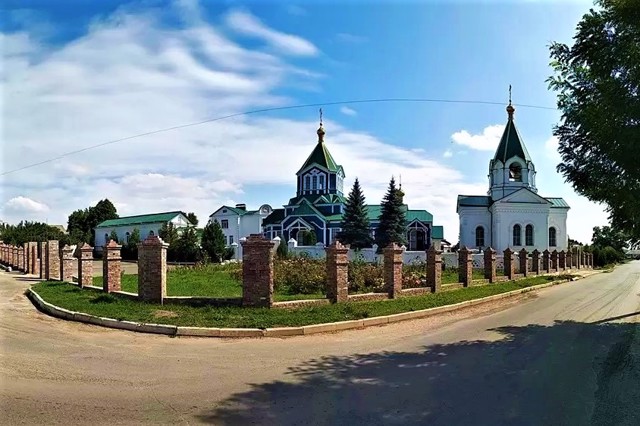
Saint Nicholas Church
Temple , Architecture
The wooden two-throne Saint Nicholas Church in Bakhmut is one of the oldest churches in Donbas.
It was built in 1797 over the Bakhmutka River on the territory of the Pokrovska sloboda. It is made in the style of Slobojan architectural traditions.
Along in 1861. the stone John the Baptist church-bell tower was built.
RUSSIAN-UKRAINIAN WAR
In September 2022, during a full-scale invasion of Ukraine, the Russians shelled the Saint Nicholas Church with mortars. Shelling damaged the dome of the bell tower. In the wooden temple itself, the windows were blown out, the facade was cut.
In July 2023, during the temporary Russian occupation, the Saint Nicholas Church burned to the ground.
Reviews Bakhmut
Geographical information about Bakhmut
| {{itemKey}} | {{itemValue}} |
|---|---|
| Region |
Donetsk |
